Read the latest...
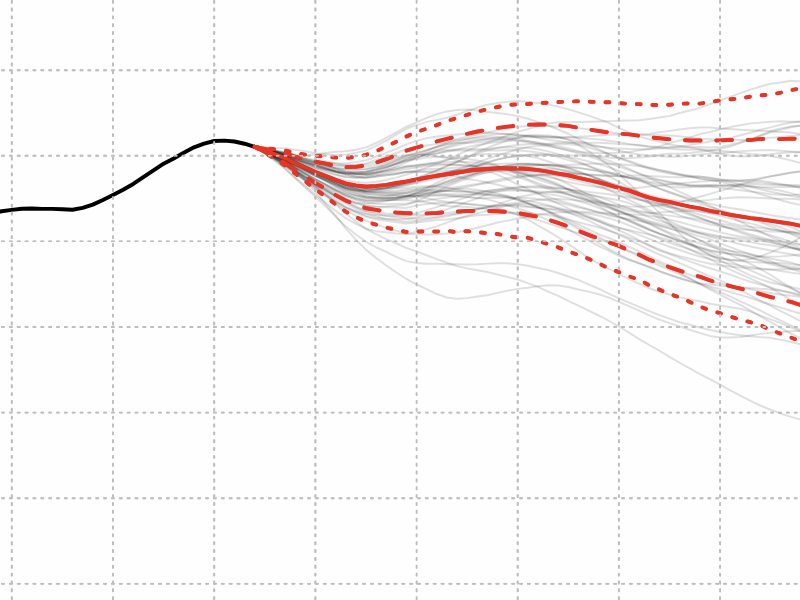
The Apex Generation
The number of children in the world has just passed its all-time peak, a prelude of global population decline.
More to read...

Foldable Words
In the spring of 1967 I had a girlfriend. After school we would meet at the Maple Diner. One afternoon I noticed she was fiddling intently with the wrapper from her straw, folding and refolding.
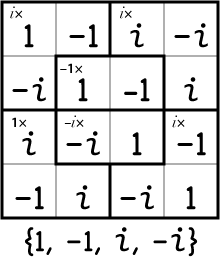
Kenken-Friendly Numbers
Kenken is the funny-page puzzle that allows the number nerds among us to strut their stuff. And it’s not limited to the integers 1 through 6 or the operations +, –, ×, ÷.
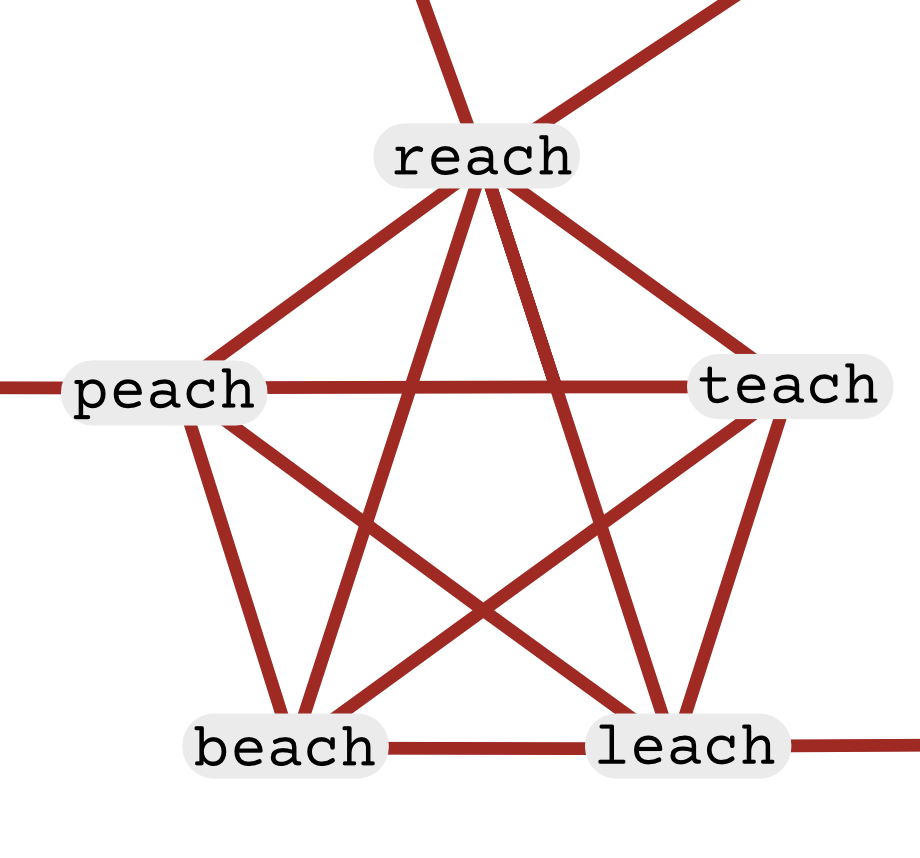
AI and the End of Programming
Thesis: People suck at programming computers. Antithesis: Computers are no better at it. Synthesis?
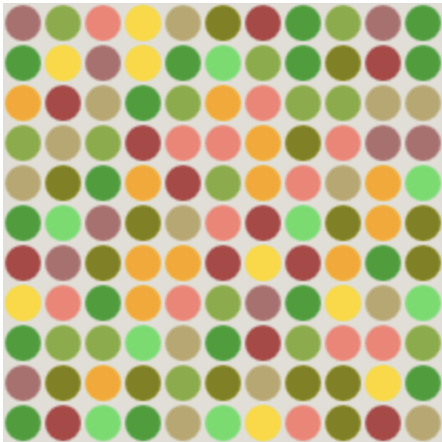
Questions About Trees
Today’s Question: In a mixed-species forest, what keeps the species mixed?
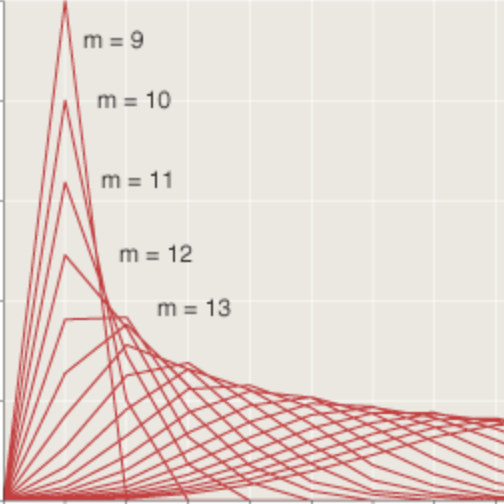
Counting Sums and Differences
On a research-level math problem that seems to involve nothing more exotic than counting, adding, and subtracting.

737: The MAX Mess
By all appearances, the rogue behavior of the 737 MAX control system was triggered by a malfunction in a single sensor. That’s not supposed to happen in aviation.